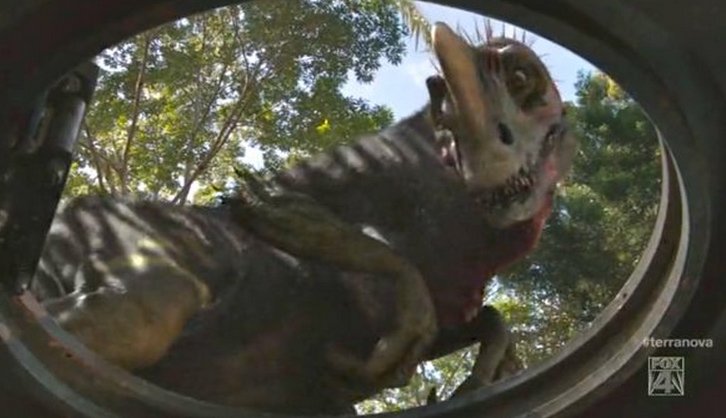
Density describes how heavy an object is compared to how much space the object takes up. Each element has a different density, defined as mass per volume. The materials that came together to form the Earth were made of several different chemical elements. Most of the dusty disk material drains toward the center where the density gradually increases until the enormous central pressure triggers nuclear fusion reactions and the star is born.įigure 12.11: The Earth formed at the same time as the other planets in our solar system about 4 1⁄ 2 billion years ago. We see these disc-shaped objects (called proplyds) in the Orion Nebula (Figure 12.13), where the new stars are forming today. As the cloud contracts, it begins to spin faster and settles into a disk-shaped structure. Star formation begins when a giant cloud of gas and dust collapses under its own gravity.

We can construct the formation history of our solar system by looking at regions where other stars are forming now. How do weathering and erosion affect the Earth?.What is the atmosphere and what is it made of?.What conditions do plants and animals require to live?.The following questions are addressed in other chapters and will help you work through this lesson.

But making a small change, like giving turtles exclusive access during the night, would have a dramatic effect.Figure 12.4: The Earth and its dominant life forms have changed throughout the Earth’s long history. We don't have to permanently close off the beaches, one researcher explains. The silky white orbs plop out into the sand like candy from a dispenser, glowing with the promise of new life. "As the breeding season begins," says Attenborough, over night vision video, "this female turtle is able to lay her eggs in peace, for the first time in her life." The nesting success rate for Loggerhead sea turtles, for example, jumps from 40 to 61 percent, as they're observed happily frequenting beaches in Florida that are normally clogged with holidaymakers and Spring Break partygoers. We can use what we learn to re-evaluate and modify our habits, they argue, instead of mindlessly returning to how things once were in a pre-pandemic world.

( Supplied: Apple TV+)Īs weeks become months, marked by sound bites of politicians reminding residents to "stay at home", lockdown offers scientists a once-in-a-lifetime opportunity to observe the extent of human impact on animal behaviour, by simply taking us out of the picture. People saw whales communicate in new ways over the course of the pandemic.


 0 kommentar(er)
0 kommentar(er)
